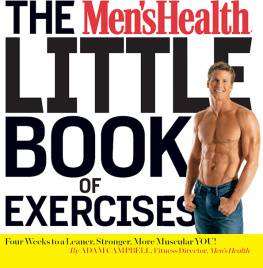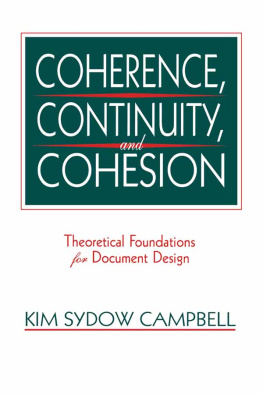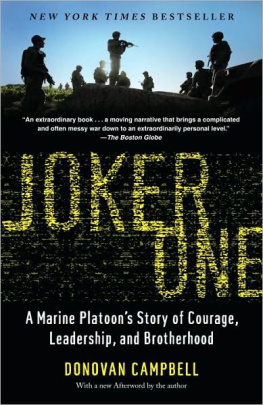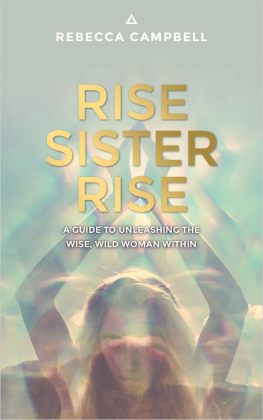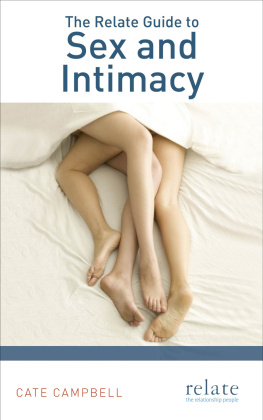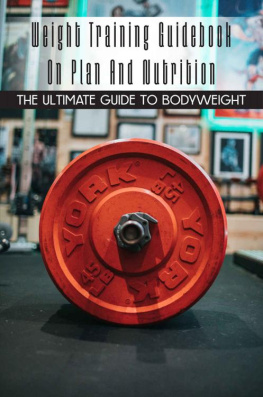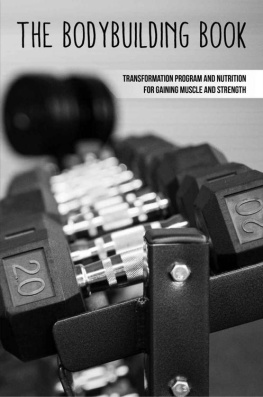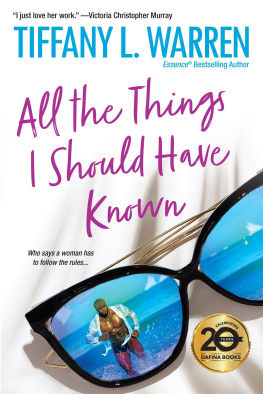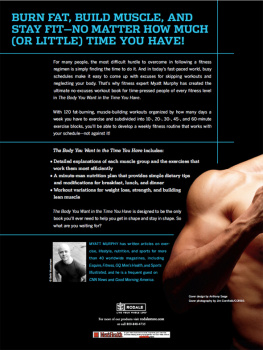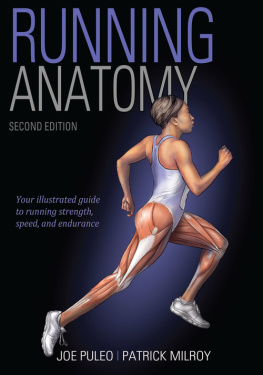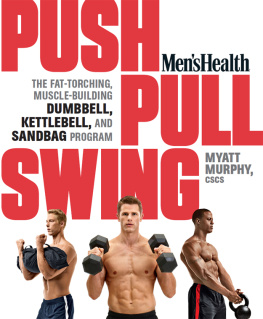
The information in this book is meant to supplement, not replace, proper exercise training. All forms of exercise pose some inherent risks. The editors and publisher advise readers to take full responsibility for their safety and know their limits. Before practicing the exercises in this book, be sure that your equipment is well-maintained, and do not take risks beyond your level of experience, aptitude, training, and fitness. The exercise and dietary programs in this book are not intended as a substitute for any exercise routine or dietary regimen that may have been prescribed by your doctor. As with all exercise and dietary programs, you should get your doctors approval before beginning.
Mention of specific companies, organizations, or authorities in this book does not imply endorsement by the author or publisher, nor does mention of specific companies, organizations, or authorities imply that they endorse this book, its author, or the publisher.
Internet addresses and telephone numbers given in this book were accurate at the time it went to press.
2014 by Rodale Inc.
Some material in this book was first published in Mens Health Big Book of Exercises by Rodale Inc. in 2009.
All rights reserved. No part of this publication may be reproduced or transmitted in any form or by any means, electronic or mechanical, including photocopying, recording, or any other information storage and retrieval system, without the written permission of the publisher.
Rodale books may be purchased for business or promotional use or for special sales.
For information, please write to:
Special Markets Department, Rodale Inc., 733 Third Avenue, New York, NY 10017
Mens Health is a registered trademark of Rodale Inc.
Book design by George Karabotsos with John Seeger Gilman
Cover design by Joe Heroun
Photo editor: Mark Haddad
All photography by Beth Bischoff
Cover makeup artist: Lynn Lamorte at Vivian Artists
Cover hairstylist: Tomo Nakajima at Vivian Artists
Exercise footwear and apparel provided by Nike, Adidas, and Under Armour
Anatomy illustrations by bartleby.com, except Gluteus Maximus illustration by Kurt Walters
Library of Congress Cataloging-in-Publication Data is on file with the publisher.
eISBN 978-1-62336-552-3

We inspire and enable people to improve their lives and the world around them.
rodalebooks.com
Introduction
Your New Body Starts Here
How to Use This Book to Get Big and Strong
T his book is custom-made for you. Whether you want to lose flab hanging over your belt, build large, well-defined muscles, or get your body into prime shape for your athletic endeavors (maybe some combo of all three?), The Mens Health Little Book of Exercises is full of perfect tools to get you there.
Based on the bestselling Mens Health Big Book of Exercises, this new volume is even more practical and easy to use. Its brief, its a really smart reference guide to some of the best strength-training, muscle-building, fat-burning resistance exercises you can do, and its packaged in a handy format that you can easily take with you wherever you go to do this important work.
The pictures and captions inside provide great instruction for moves you may not have committed to memory, and they are big enough that you can check your form at a glance, which is an essential part of getting the most benefit from an exercise.
On the pages that follow, youll find chapters broken down by main muscle groups, starting with chest exercises. In each chapter, youll learn proper execution of Main Move exercises followed by variations on those moves. These changeups challenge your muscles in different ways, so theyre terrific to use to sculpt well-defined muscles as well as build out-of-this-world functional strength. (Psst, theyll also keep your workouts fresh and your muscles guessing!) Theres also a chapter on total-body exercises that youll want to try for a highly effective fat-burning metabolic workout, especially when your time is tight.
After the instructional exercise chapters comes a large chapter called . No matter what your goal, youll find innovative workouts to challenge your body like never before so you can build the physique youve never experienced before but have always dreamed of.
Work hard and you will be rewarded. Now, have at it!
CHAPTER 1
Chest
A muscular chest is powerful. It increases your presence in the boardroom, wins her over in the bedroom, and intimidates on the playing field. So its no surprise that guys have an affinity for exercises that build their chests. Your pecs, after all, are the most prominent muscle you see in your bathroom mirror. And who doesnt want to improve that image?
Whats more, if you stop lifting weights, your chest is one of the first muscle groups that will atrophy. Thats because you rarely stress these muscles in daily activities. Think about it: How often in real life do you have to push heavy weights away from your chest? Keep in mind that losing muscle slows your metabolismwhich means regularly training your chest also helps you fight belly fat.
The Bonus Benefits of a Bigger Chest
More power: Stronger chest muscles make it easier to push off opponents in any contact sport, whether your game is football, basketball, martial arts, or hockey.
A stronger swing: Forehand strokes in tennis and sidearm throws in baseball rely on powerful chest muscles for velocity, in addition to your core musculature.
A knockout punch: The chests primary objective is to move the arms forward, so developing pectoral strength helps you deliver more energy into your target.
Meet Your Muscles

Pectoralis Major
Your main chest muscle is the pectoralis major [1] . Its job: to pull your upper arms toward the middle of your body. Think about that in terms of a bench press. As you push the bar away from your torso, your upper arms move closer to your chest as they straighten. This is because your pectoralis major attaches to the inside of your upper arm bone. So when your pectorals contract, the muscle fibers shorten, pulling your upper arms toward the muscles origin, your mid-chest.
This is why exercises such as pushups and bench presses are the best way to make your pecs pop. By holding a weight in your hands when you do a bench press, for instance, you increase the weight of your upper arms, which forces your pectoral muscles to contract harder. The end result: a bigger, stronger chest.
The sternal portion of the muscle is collectively considered to be your lower chest.
The muscle fibers that make up the clavicular portion form what many call the upper chest.
The fibers of your pectoralis major originate at three places on your chest: your collarbone [2] , your breastbone [3] , and your ribs [4] , just below your breastbone.

